- Gardening Tips |
- | What's NEW! |
- | Contact Us |
- | Sitemap
Rose Gardening Advice
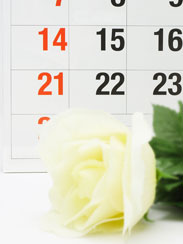
Our rose gardening advice and rose gardening tips offered on this page is a quick and easy reference for all year round rose gardening.
The calendar that follows outlines routine tasks for caring for rose bushes all year long, to improve their longevity and health.
You may have to adjust it a bit according to your specific temperature zone.
Spring
The spring equinox (first day of spring) is 21 March for the Northern Hemisphere and 23 September for the Southern Hemisphere
The activities listed below will take you roughly through the 3 months of spring, although in some areas it may feel as if summer is upon you within a month or two!
- Apply a quick-release fertilizer to existing roses at the start of spring.
- Plant bareroot roses.
- Remove mulch, top dress with a 2" layer of cow manure and replace mulch.
- Once all danger of frost has gone, remove mulch from around the graft.
- Begin regular spraying for pests and disease every 7-10 days. This is an ongoing activity that will pretty much carry on through summer and autumn. Take a look at the many organic products available for gardening. Caring for rose bushes while protecting the environment is easier than ever - refer to our page on organic rose gardening for helpful gardening tips.
- Apply slow-release fertilizer for summer or continue monthly feedings of quick-release fertilizer through mid-summer (or 6 weeks prior to expected frost).
- Plant potted roses.
Summer
The summer solstice is on 21 June in the Northern Hemisphere and on 21 December in the Southern Hemisphere.
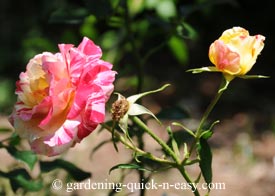
Your rose garden will now be rewarding you with the most glorious blooms!
- Deadhead roses at least once a week. This will keep your bushes looking their best.
- Water weekly, or two to three times a week if it's very hot. Remember that roses should be watered deeply and less often, as opposed to daily shallow watering. This is a key to rose gardening; caring for rose bushes properly means watering them in such a way that they'll develop deep roots.
- Continue spraying for diseases and pests.
- Start perusing catalogues or your favorite rose nursery for new rose plants to order!
Just a quick note about the rose gardening advice for the various seasons: Mother Nature often springs a surprise (pun intended) on us, so this calendar must be seen as a general guideline only. If you keep notes for a year or two, you'll establish very quickly what works best for you in your own rose garden.
Autumn (Fall)
The autumnal equinox marks the first day of autumn and is on 22 September in the Northern Hemisphere and on 21 March in the Southern Hemisphere.
- Prepare new beds for planting.
- Order new roses.
- Every 2-3 years, have the soil tested and adjust the pH level to a range of 6 - 6.5. Your local agricultural extension agency will usually test your soil for free.
- Cut back roses to "waist high" (3').
- Place mulch 6" high over graft for winter protection.
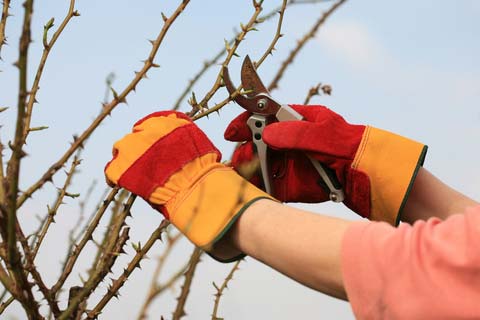 Rose Pruning
Rose Pruning
Winter
Winter solstice is on 21 December in the Northern Hemisphere and on 21 June in the Southern Hemisphere
- Apply dormant spray (Lime-Sulfur) to existing rose bushes.
- Order or purchase any bare root roses you'd like to plant.
- Begin planting bare root roses.
- Prune existing roses - you can wait a bit longer for this if you're busy with other gardening. Caring for rose bushes properly allows you to prune them over a period of a month or two. Many people recommend pruning when your forsythia blooms.
Following this rose gardening advice calendar, with minor modifications to adjust to your climate, should keep your roses in great shape. Roses do require regular maintenance, but staying on top of the schedule can keep your roses blooming all season long.
To Top of this Rose Gardening Advice page
Return to Gardening Tips Home Page
Gardening Updates
Note: We'd love you to send us your favorite garden pics to feature on our new pages!
Contact Us and we'll send you an email address that can accommodate your photographs.
Related
Content:
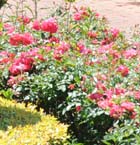 Rose Gardening Tips
Rose Gardening Tips
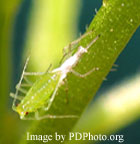 Organic Rose Gardening
Organic Rose Gardening
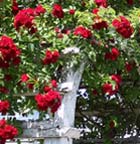 Daily Gardening
Daily Gardening
Rose Tip
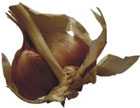 Favorite
Favorite
Rose Gardening Tip
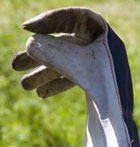 Rose Gardening Gloves
Rose Gardening Gloves
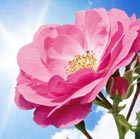 Essential
Essential
Garden Rose Tip